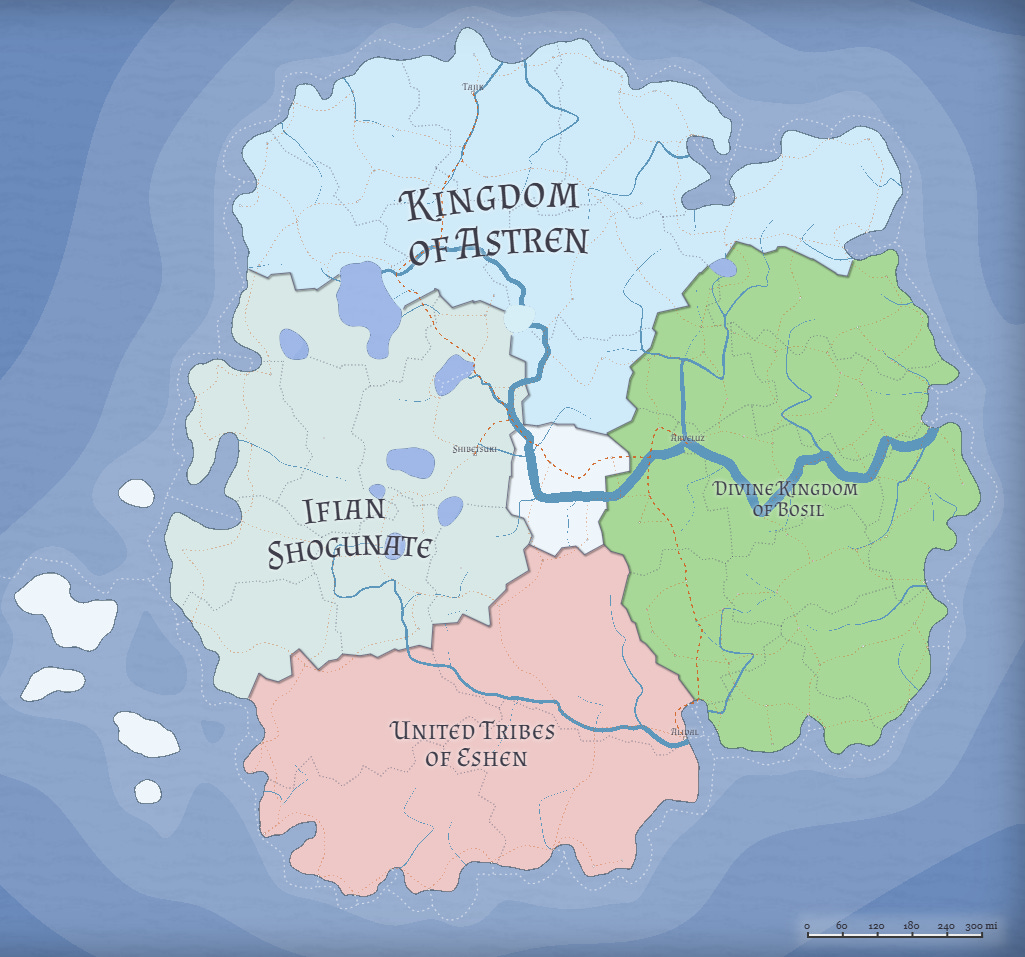It’s been a rough week, let’s start there.
Outer turmoil creates inner turmoil creates creative turmoil. Of the six finished days of NaNoWriMo so far I have only met my daily writing goal twice. I’m behind, to say the least!
There is nowhere to go but forward, however, so I’m doing my best to reset. Someone sent me The Marginalian recently and I found it striking. Maria Popova writes:
Cultures and civilizations tend to overestimate the stability of their states, only to find themselves regularly discomposed by internal pressures and tensions too great for the system to hold. And yet always in them there are those who harness from the chaos the creative force to imagine, and in the act of imagining to effect, a phase transition to a different state.
I don’t regularly consider myself someone who harnesses chaos, but in light of the times and as I delve into the political machinations of my novel, I wonder if I could be.
To Rise is what you might call call ‘high fantasy.’ It’s set in a world that isn’t our own, there are cultures and creatures with vast, interrelated histories, there’s magic.
I’ve given myself a large task. It’s a complex world, with complex problems. I don’t think worlds that aren’t complex are interesting enough to write about. I could spend hours detailing the minutiae of each culture I’ve created. I wish I had the time to!
The challenge I find with worldbuilding is remaining fully unique from reality, while also still reflecting it in a way that allows me to think about and discuss issues that effect our real lives.
Let me introduce you to the setting of my novel.
This is the most recent updated map. (If you’re interested in the software, it’s Azgaar’s Fantasy Map Generator and I’ll have to make a separate post about it because I LOVE it). Looks pretty good, right? I think I’m almost satisfied with it.
Now, let’s contrast with the very first, notes app scribble of this map that I made in 2017. So much has changed since I drew this, but these four countries, the beating heart of the narrative, are just the same.
The dichotomy of this map is what drove its creation. These four countries are fundamentally very different. Their very weather is drastically dissimilar (rainforest v. mountain range v. desert v. arctic plain) and the characters, each from a different place, reflect this.
Despite these major differences, in both the countries and the characters, they have to work together and they have to understand each other. (Love that man v man conflict, amiright?) The escape from reality!

Let’s get into these countries a little more. This continent is called Iprna.
Ifia is a densely mountainous country with two distinct cultures - those who live on the peaks and those who live in the marshes below. Ifia is plagued by wyverns, large draconic lizards with mind altering powers of persuasion. Their military is the strongest and most diligently trained in order to keep the wyverns at bay. Ifia is inspired by late Sengoku period Japan.
Bosil is large rainforested country with the most religious influence in the novel. Their people are plagued by a large wealth gap and a ruling class that cares very little for anyone who isn’t wealthy or educated or both. They have the only University in Iprna and the center of the religion called Tieram (more on that later). Bosil is inspired by Venezuela and Brazil and, in some cases, the Piaroa people, an Amazonian indigenous group.
Eshen is a sparse desert, broken by a large canyon and the river flowing through it. The four main families that populated Eshen migrate in a agreed upon order across the sands, while only a few elders and healers remain stationary. Eshen is the oldest of the four countries and so are it’s leaders. Eshen is inspired by the Tuareg people, a Berber ethnic group that inhabits the Saharan desert.
And finally, Astren is a tundra plain, perpetually cold and blanketed in snow. It’s culture is focused most on its magic, which is channeled through creative expression. This leads to a cultural focus on creativity itself. They also have a school of higher education, though unlike Bosil, it is reserved only for those who have enough magic. Astren is inspired by the North Slope Iñupiat.
There’s so much to all of these places and a whole continent I haven’t even touched on yet, but I think I’ll stop here. Like I’ve said, this is a rich and complex world. I want to take the time to talk about these places and give them the space to breathe and grow and live. I hope you have the time and space to explore them.






